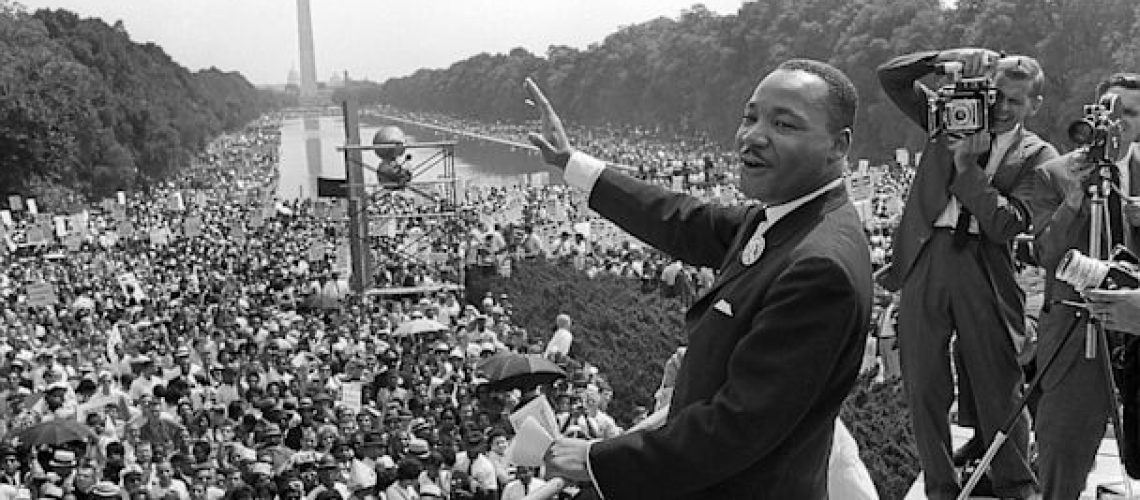1963: Bloodshed and Bombing

By Andrea Price
1963 didn’t mark the start of the Civil Rights Movement nor did it mark the end, but the many events that happened this year left a lot of blood on American soil both literally and metaphorically. The 1963 March on Washington is often talked about, but this historic event took place during a very volatile, dangerous time in American history, particularly for those who stood up for freedom and justice for Black people.
In January of 1963, staunch racist and segregationist, George Wallace, was elected governor of Alabama. Project C (confrontation), an effort to break the stronghold of segregation in Birmingham and get civil rights legislation passed was well underway by April of 1963. It was during this time on April 16, 1963 that Rev. Dr. Martin Luther King Jr. penned the Letter for a Birmingham Jail. By May of 1963, the Children’s Crusade was taking place in Birmingham where peaceful protest by youth was met with water cannons and dogs from the Bull Conner gang. This revolution was televised. At the end of April, civil rights activist William Lewis Moore was murdered in Alabama. Activist Fannie Lou Hamer who coined the phrase, “I’m sick and tired of being sick and tired” was almost beaten to death by police in Winona, MS. On June 11, Vivian Malone and James Hood were attempting to enter the University of Alabama as the first Black students, but they were met at the front door by George Wallace who refused to let them enter. That same day, President John Kennedy presented his plan to get civil rights legislation passed. A little more than 4 hours after President Kennedy gave his speech, civil rights worker Medgar Evars was gunned down in Mississippi. On August 28th of 1963, the historic March on Washington for Jobs and Freedom took place, and just a few weeks after this march on September 15, Addie Mae Collins, Carole Robinson, Cynthia Wesley and Denise McNair were all killed in a bombing at 16th Street Baptist Church in Birmingham/Bombingham. Two months later on November 22, President Kennedy was murdered. 1963.
In order to better appreciate the 1963 March, I had to better understand the social climate of the time. I now understand that this act of protest was more than a “dream”, but it was a demand for the fair treatment of ALL Americans. I now have a greater appreciation for Bayard Ruston and the other March organizers who were masterful in the planning and execution of such a grandiose event. I now have a greater appreciation for the don’t quit attitude of leaders of the movement. I know feel more confident than ever about my ability to persevere in the face of bloodshed and bombing!
Submitted By Andrea Price
- Addie Mae Collins, Bayard Ruston, Birmingham, Bombingham, Bull Conner, Carole Robinson Cynthia Wesley, Denise McNair, Dr. Martin Luther King Jr., Fannie Lou Hamer, George Wallace, I have a dream, James Hood, JFK, John F. Kennedy, John Kennedy, March on Washington for Jobs and Freedom, MLK, President John F. Kennedy, Senator John Lewis, social change, Vivian Malone, William Lewis Moore, Winona Mississippi
